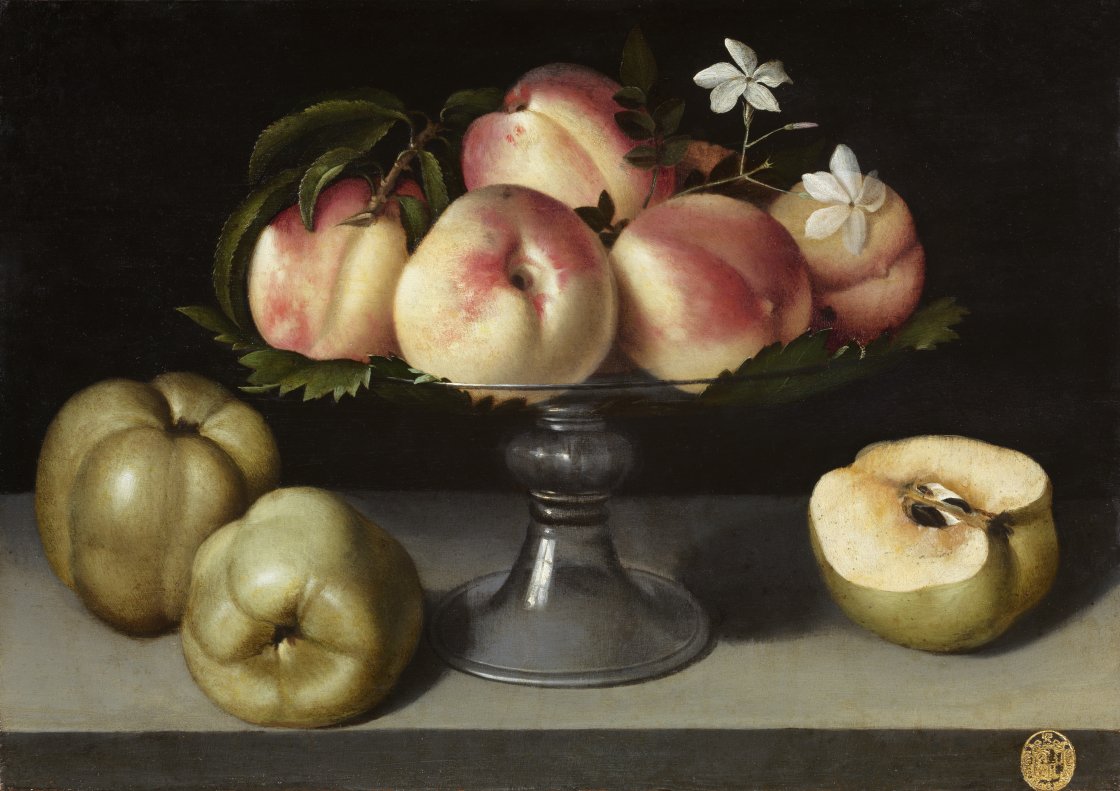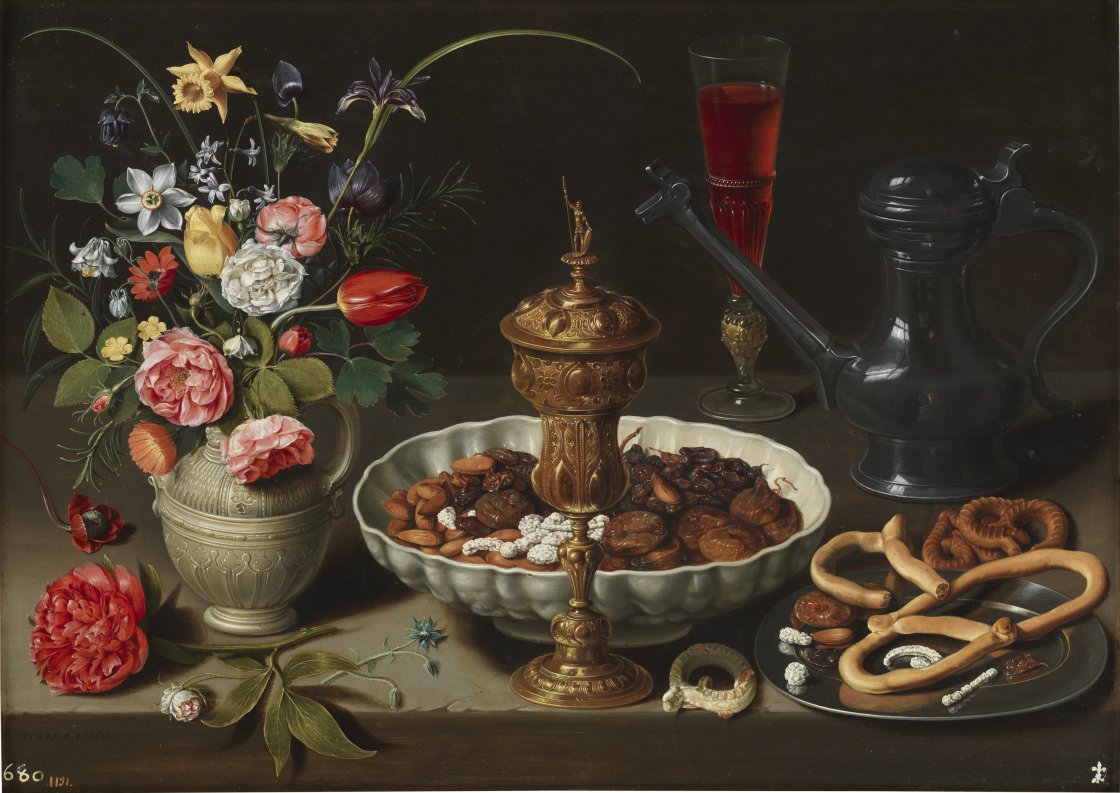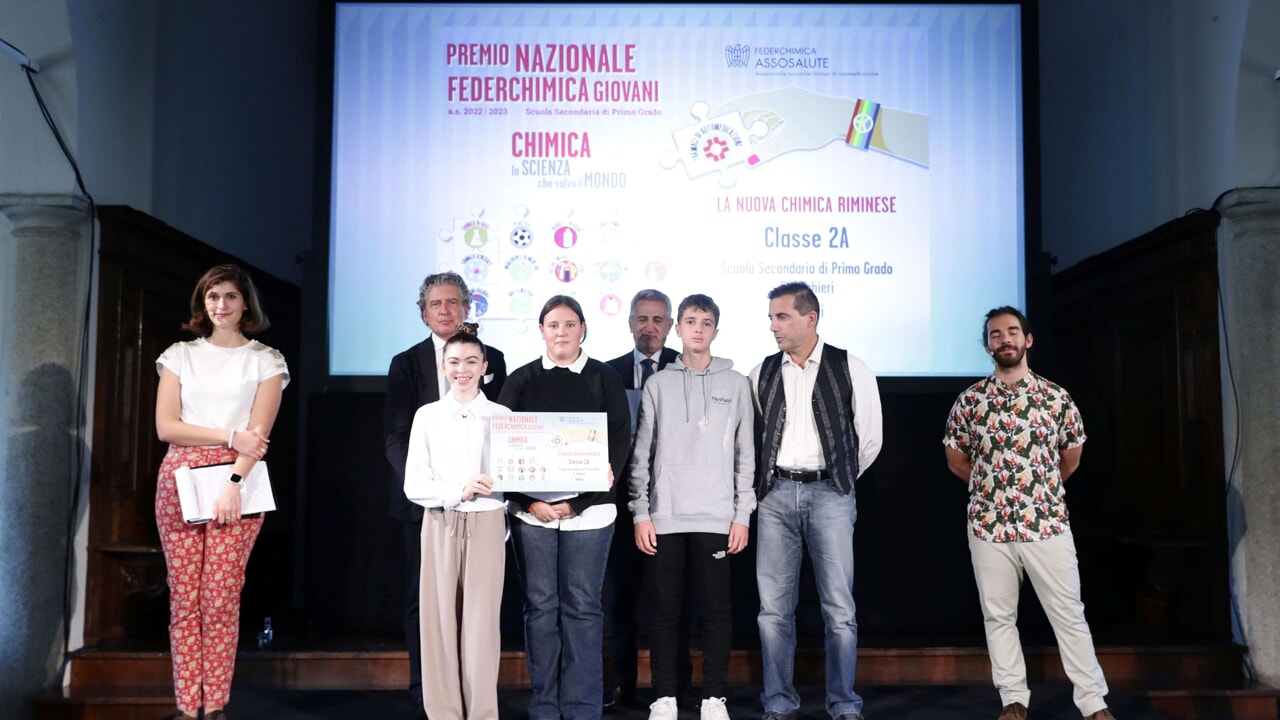elizabeth Sirani, Portia cuts her thigh1664, oil on canvas, 138 x 101 cm, Art and History Collections of the Casa di Risparmio Foundation in Bologna
However, artists such as Artemisia Gentileschi, Angelica Kaufmann, Clara Peters, Rosa Bonheur, Mary Cassatt, and Berthe Morisot have broken the mold with undoubted forays into distinction.
In Madrid, from October 31 to February 4, the Thyssen-Bornemisza National Museum honors them with their memory. teachersan exhibition curated by Rocío de la Villa, read from a feminist perspective, features over one hundred objects including paintings, sculptures, fabrics and works on paper.
Artemisia Gentileschi, Judith and Her Maid, 1618-19, oil on canvas, 93.5 x 114 cm, Florence, Palazzo Pitti
The itinerary offers a journey through masterpieces created between the end of the sixteenth century and the first decades of the twentieth century. The exhibition focuses on groups of artists, patrons and gallery owners who shared social and cultural values and conditions despite patriarchy. The itinerary highlights how these heroes confronted the pressing issues of their time by presenting new iconography and alternative perspectives. teachers It is an exhibition of women who represent women and their interests, cultured and curious individuals, travelers, and cosmopolitans who in some cases have received the support of teachers, companions, husbands, and brothers.
The literary and academic debate that took place in Europe, from the end of the fourteenth century until the French Revolution, in defense of intellectual capacity and women’s right to access knowledge and politics, is renewed along the way through the production of some works. Brushes of northern Italy, between the sixteenth century and part of the seventeenth century. Scenes include biblical characters and heroines from ancient times such as Judith with the head of Holofernes (1600) by Lavinia Fontana O Susanna and the old men (1623) by Artemisia Gentileschi or again Portia cuts her thigh (1664), by Elisabetta Sirani.
Fede Galizia, Glass fruit bowl with peaches, quince and jasmine, oil on panel, Alla Bonzone Art Gallery – Civic Museum, Cremona | Photo: © Ala Ponzone Photographic Archives – Civic Museum, Cremona
If the works of Maria Sibylla Merian, Fedi Galizia, Giovanna Garzoni or Clara Peters show all the skills of female observation and scientific knowledge, then the interest of women artists in the strange, which exploded in the middle of the nineteenth century, is evident in the works of Rosa Bonheur, Henriette Brown, Mary Cassatt. Examples of working women, sometimes working in various trades and professions, cover the period from 1860 to the first decades of the twentieth century. And here he is in one of the exhibition sections laundromats (1882) by Marie-Louise Petitette, Cherry Tree (1891) by Berthe Morisot, Housewives (1905) by Luisa Vidal O shoes shop (c. 1911) by Elizabeth Sparhook Jones.
The theme of motherhood, one of the most representative themes in the history of art, only made its way towards the end of the nineteenth century, when artists began to capture women’s feelings about their condition. Many representations of friends immortalized in situations of complicity, study or shared leisure date from the beginning of the 20th century. They are shared spaces and moments that offer multiple guises to an unprecedented iconography: the friendship between women. From this point of view, the itinerary offers a great presence as Sisters (1869) by Berthe Morisot, Three women with umbrellas (The Three Graces) (c. 1880) by Mary Brackmond, S Package (1925) by Lola Anglada.
Clara Peeters, Still Life with Flowers, Silver Plated Cup, Almonds, Nuts, Sweets, Rolls, Wine Jug and Pewter, 1611, Oil on Panel, 73 x 52 cm, Madrid, Prado National Museum | Photo: © Photo Archive. Prado National Museum, Madrid
Between 1900 and 1937, many women artists continued to take up iconography that emphasized the complicity of women and their distinctive contribution to the languages of the new avant-garde. Many of them were actively involved in avant-garde movements and exemplified strength, commitment, dynamism, creativity and independence. Camille Claudel, Jacqueline Marval, Hélène Funke, Natalia Goncharova, Frida Kahlo, Angeles Santos, examples of great teachers, dedicated to the last section of the exhibition which, after the show in Madrid, will arrive, in an abbreviated version, at the Arb-Bahnhof Rolandseck Museum in Remagen (Germany) .

“Infuriatingly humble social media buff. Twitter advocate. Writer. Internet nerd.”





